Karlfelersii - Untitled

More Posts from Karlfelersii and Others

IF YOU WOUKD LIKE TO ORDER ONE. Our Venmo account is ChicoStatePsiChi. Please send $45 and put your name, size, email, phone and address in the message section. We are selling until 12/7. They will be passed/shipped out the week after that. Thanks for you support! https://www.instagram.com/p/Bq3EGHclj8m/?utm_source=ig_tumblr_share&igshid=n602n7es09fi
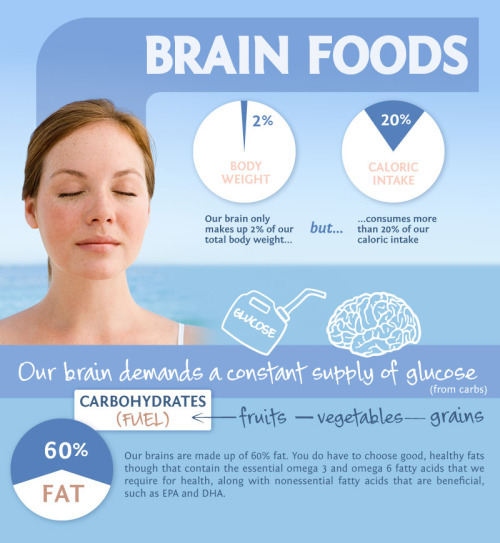
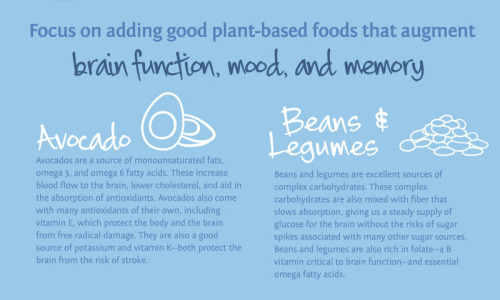
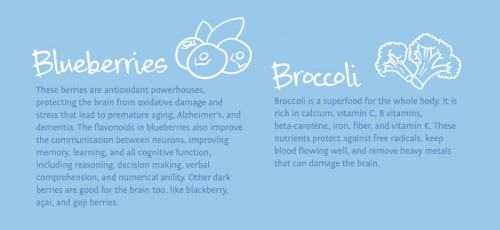

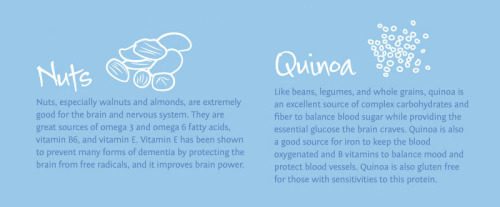
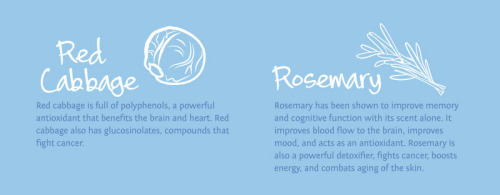
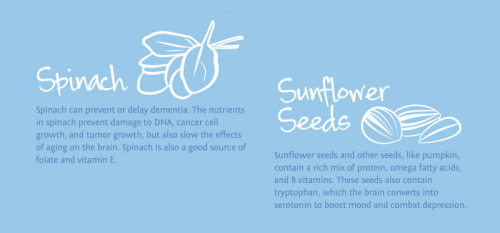

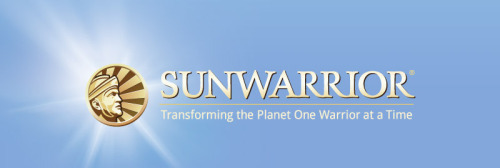
For more posts like these, go to @mypsychology
Is Witchcraft a Placebo?
What is the “placebo effect” - a beneficial effect, produced by a placebo drug or treatment, that cannot be attributed to the properties of the placebo itself, and must therefore be due to the patient’s belief in that treatment
One of the hardest aspects of witchcraft is proving it actually works. When it comes to spell jars, sigils, and other energy type work the only proof we have of its abilities to actually do anything is our own experiences.
Think of it this way:
You create a spell jar to banish negative energy from your home. You’ve been having this feeling in your gut that something just isn’t right. When you come home you feel some sort of bad mojo around you.
So you put together a spell jar. You collect all your ingredients and you perform your spell. Everything went just as planned and you have your jar all finished. You decide to place it on your altar or maybe you choose to bury it in your yard, or place it somewhere hidden like a closet or dresser..
You start to feel a lightness surrounding you (like that heavy bad feeling is gone or at the very least, slowing dissipating). ~ it’s working ~ the spell is actually working…. or is it?
You’ve been told that this will banish the negative energy from your home and you believe it. So did a jar full of herbs, objects and whatever else you used actually banish the negative energy? Or did it work because you believed it would?
We’ve argued to a point of exhaustion about intent in witchcraft. “All you need is intent, everything else is just extra shit.” You ever wonder why witches tell you this? It’s because they have some awareness that all you need to do is believe it works and it’ll work.
I’m not one of these witches lol. I’m into science and hard facts. Which is probably why my craft mostly centers around herbalism (and the medicinal properties of herbs) but I do still use crystals, candles and I’m a tarot reader but that doesn’t mean I’m not self-aware. I understand that my craft will be questioned and what kind of witch would I be if I didn’t also question my own craft and how it works.
Of course I’m not saying magick isn’t real or that witchcraft is just made up bologna. I am a witch afterall lol. What I am saying is that witchcraft and the placebo effect are very similar.
There have been medical studies where they’ve found that more than 30% of those given a placebo reported the same results as those given the actual drug. This begs the question; are the active ingredients (or properties) in the drugs actually doing anything? or is the power of suggestion strong enough to mimic the results of the drug in question?
Thoughts?


For more posts like this go to @mypsychology
6 Ways to Survive Parties as an Introvert
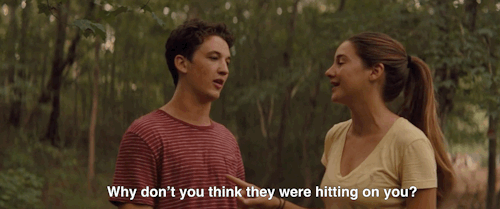
There’s a reason why introverts aren’t usually particularly fond of parties—too much stimulation and small talk, but not enough authenticity and quiet. And yet, like most things in life, sometimes parties are inevitable. So, why do we do it? Why do we spend long Friday nights out feeling lonelier than when we’re alone? Because despite hating the peer pressure we face making bad decisions, we hate not participating even more. We hate not knowing. But there are ways to make good decisions and enjoy parties, rather than seeing them as mere social obligations. Psych2Go shares with you 6 ways to survive parties as an introvert:
1. Know when it’s worth it to go out.
It’s okay to be selective about which parties to attend. In fact, it’s smart to choose what works best for you. You don’t have to go to every event you’re invited to. It’s similar to dating. If we spent all our time trying to date everyone, it would lose meaning. We’re not compatible with every person that we meet, and the same applies to parties. It’s okay to skip out…
Continue Reading Here

How to Study Effectively | Psych2Go
Sixty Years of Exploration, Innovation, and Discovery!

Exactly sixty years ago today, we opened our doors for the first time. And since then, we have opened up a universe of discovery and innovation.
There are so many achievements to celebrate from the past six decades, there’s no way we can go through all of them. If you want to dive deeper into our history of exploration, check out NASA: 60 Years and Counting.
In the meantime, take a moonwalk down memory lane with us while we remember a few of our most important accomplishments from the past sixty years!

In 1958, President Eisenhower signed the National Aeronautics and Space Act, which effectively created our agency. We officially opened for business on October 1.
To learn more about the start of our space program, watch our video: How It All Began.

Alongside the U.S. Air Force, we implemented the X-15 hypersonic aircraft during the 1950s and 1960s to improve aircraft and spacecraft.
The X-15 is capable of speeds exceeding Mach 6 (4,500 mph) at altitudes of 67 miles, reaching the very edge of space.
Dubbed the “finest and most productive research aircraft ever seen,” the X-15 was officially retired on October 24, 1968. The information collected by the X-15 contributed to the development of the Mercury, Gemini, Apollo, and Space Shuttle programs.
To learn more about how we have revolutionized aeronautics, watch our Leading Edge of Flight video.

On July 20, 1969, Neil Armstrong and Buzz Aldrin became the first humans to walk on the moon. The crew of Apollo 11 had the distinction of completing the first return of soil and rock samples from beyond Earth.
Astronaut Gene Cernan, during Apollo 17, was the last person to have walked on the surface of the moon. (For now!)
The Lunar Roving Vehicle was a battery-powered rover that the astronauts used during the last three Apollo missions.
To learn more about other types of technology that we have either invented or improved, watch our video: Trailblazing Technology.

Our long-term Earth-observing satellite program began on July 23, 1972 with the launch of Landsat 1, the first in a long series (Landsat 9 is expected to launch in 2020!) We work directly with the U.S. Geological Survey to use Landsat to monitor and manage resources such as food, water, and forests.
Landsat data is one of many tools that help us observe in immense detail how our planet is changing. From algae blooms to melting glaciers to hurricane flooding, Landsat is there to help us understand our own planet better.
Off the Earth, for the Earth.
To learn more about how we contribute to the Earth sciences, watch our video: Home, Sweet Home.

Space Transportation System-1, or STS-1, was the first orbital spaceflight of our Space Shuttle program.
The first orbiter, Columbia, launched on April 12, 1981. Over the next thirty years, Challenger, Discovery, Atlantis, and Endeavour would be added to the space shuttle fleet.
Together, they flew 135 missions and carried 355 people into space using the first reusable spacecraft.

On January 16, 1978, we selected a class of 35 new astronauts–including the first women and African-American astronauts.
And on June 18, 1983, Sally Ride became the first American woman to enter space on board Challenger for STS-7.
To learn more about our astronauts, then and now, watch our Humans in Space video.

Everybody loves Hubble! The Hubble Space Telescope was launched into orbit on April 24, 1990, and has been blowing our minds ever since.
Hubble has not only captured stunning views of our distant stars and galaxies, but has also been there for once-in-a-lifetime cosmic events. For example, on January 6, 2010, Hubble captured what appeared to be a head-on collision between two asteroids–something no one has ever seen before.
In this image, Hubble captures the Carina Nebula illuminating a three-light-year tall pillar of gas and dust.
To learn more about how we have contributed to our understanding of the solar system and beyond, watch our video: What’s Out There?

Cooperation to build the International Space Station began in 1993 between the United States, Russia, Japan, and Canada.
The dream was fully realized on November 2, 2000, when Expedition 1 crew members boarded the station, signifying humanity’s permanent presence in space!
Although the orbiting lab was only a couple of modules then, it has grown tremendously since then!
To learn more about what’s happening on the orbiting outpost today, visit the Space Station page.

We have satellites in the sky, humans in orbit, and rovers on Mars. Very soon, we will be returning humankind to the Moon, and using it as a platform to travel to Mars and beyond.
And most importantly, we bring the universe to you.
What are your favorite NASA moments? We were only able to share a few of ours here, but if you want to learn about more important NASA milestones, check out 60 Moments in NASA History or our video, 60 Years in 60 Seconds.
Make sure to follow us on Tumblr for your regular dose of space: http://nasa.tumblr.com.

-
 annanee93 liked this · 6 months ago
annanee93 liked this · 6 months ago -
 annita89r4ten3h liked this · 6 months ago
annita89r4ten3h liked this · 6 months ago -
 annita89ecdwc7hsh liked this · 6 months ago
annita89ecdwc7hsh liked this · 6 months ago -
 halcaeyon liked this · 1 year ago
halcaeyon liked this · 1 year ago -
 katanra liked this · 1 year ago
katanra liked this · 1 year ago -
 satanplease liked this · 1 year ago
satanplease liked this · 1 year ago -
 bergzerk liked this · 1 year ago
bergzerk liked this · 1 year ago -
 riordanversezine liked this · 1 year ago
riordanversezine liked this · 1 year ago -
 uncordihara liked this · 1 year ago
uncordihara liked this · 1 year ago -
 tobeavirginian liked this · 1 year ago
tobeavirginian liked this · 1 year ago -
 zetsubonoheishi liked this · 1 year ago
zetsubonoheishi liked this · 1 year ago -
 bonjourlasodomie liked this · 1 year ago
bonjourlasodomie liked this · 1 year ago
